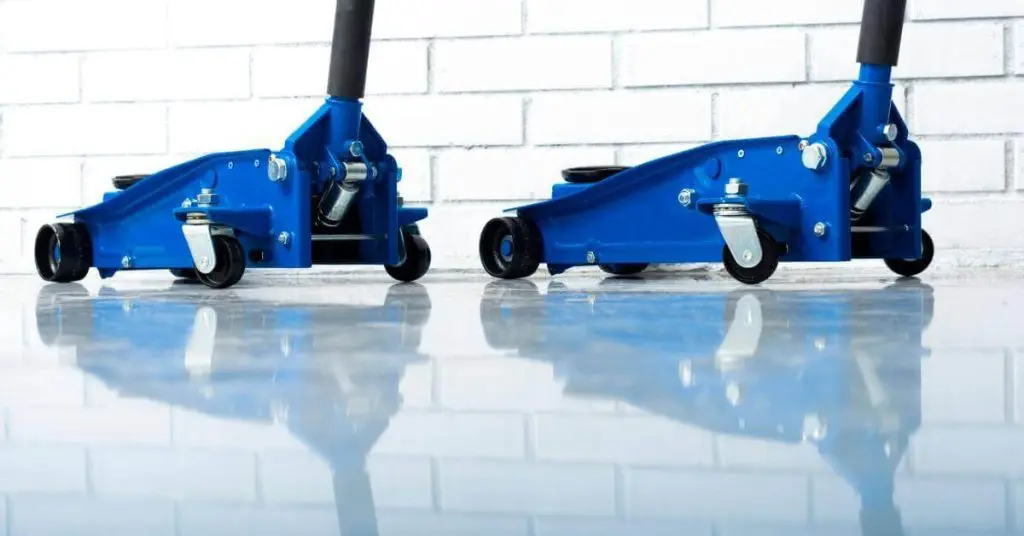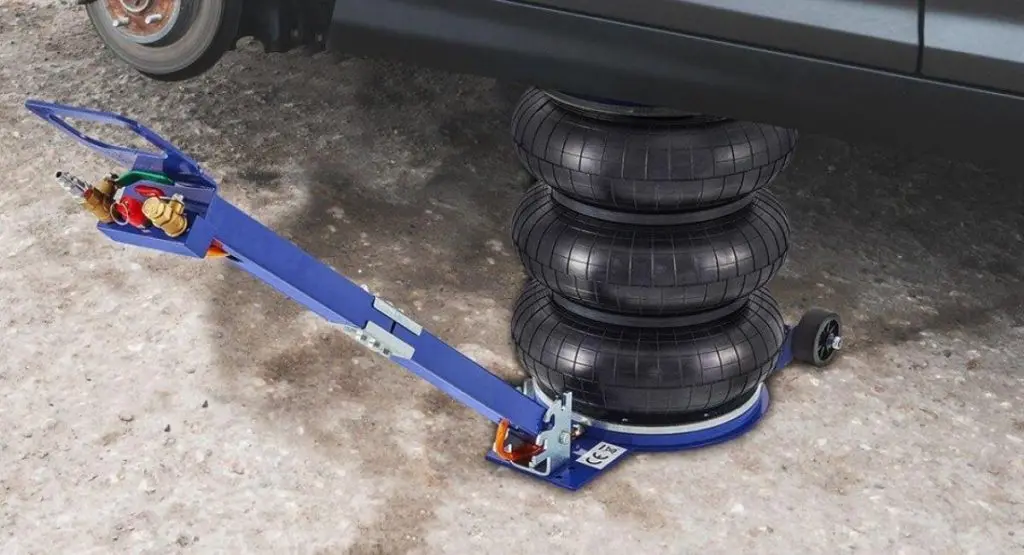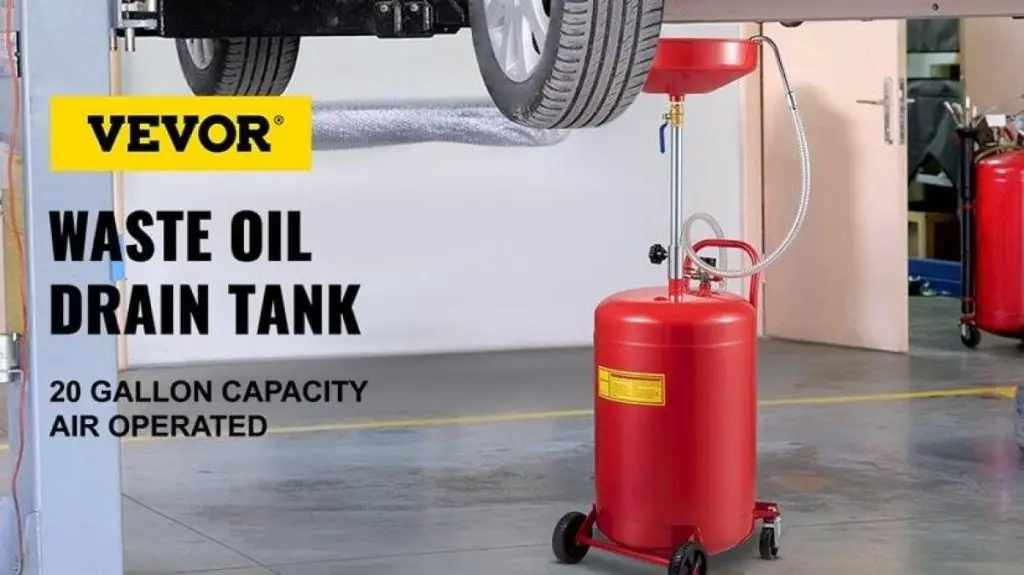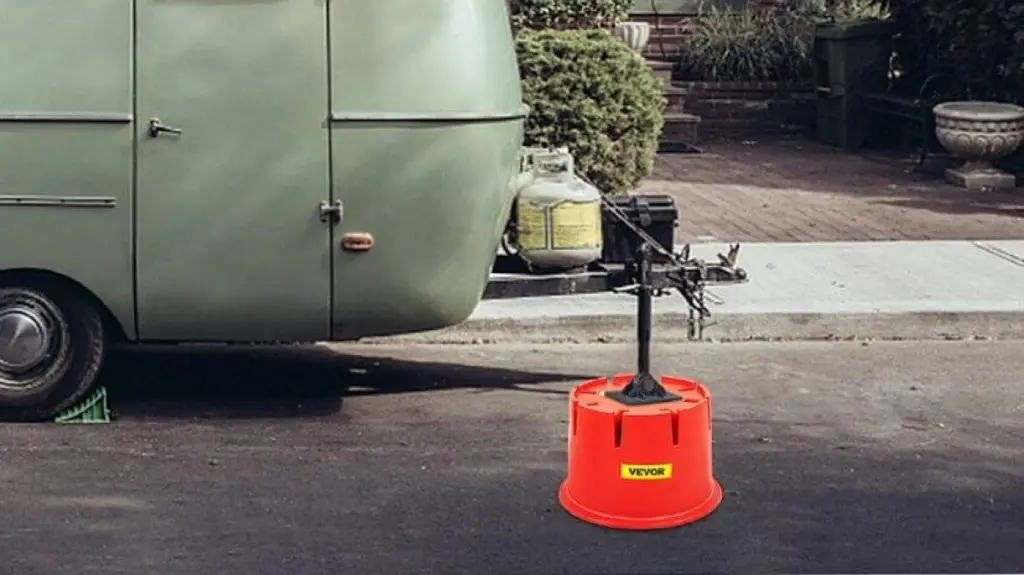Whether you’re working in construction or automotive repair, a hydraulic jack is an important tool that you’ll probably have use for. These are tools that are known for being able to lift a whole lot of weight with little effort.
The hydraulic jack is used by amateurs and professionals alike for a wide variety of tasks. Today, we’re going to provide you with a complete guide on hydraulic jacks and exactly how they work.
For instance, VEVOR Hydraulic Jacks are often considered some of the best in the business, and the reason for it is due to its high-quality hydraulic functionality. Let’s find out everything there is to know about hydraulic jacks right now.
Table of contents
What Is a Car Jack?
A car jack is a special type of device used to lift cars and other vehicles off of the ground. The main purpose of this device is to allow for repairs and maintenance to be performed on vehicles. Car jacks can come in many different sizes, designs, and more.
Each one is designed for a specific task or type of vehicle. The main purpose of these devices is to lift a car high enough to allow access to the underside. If you need to conduct oil changes, inspect brakes, or change tires, this is a type of tool you’ll need. Out of all of the different types of jacks that exist, hydraulic jacks are some of the most common.
What is a Car Jack Used For?
As you can probably tell by the name, a car jack has one main purpose, and that is to jack up a car. In other words, here we are talking about lifting a car up into the air. The main point is to allow a mechanic to get to the undercarriage of the vehicle to perform a variety of repairs and replacements.
For instance, lifting up a car with a car jack allows a mechanic to inspect the brakes and the undercarriage, change the oil, rotate the tires, and much more. A car jack is also required for much more complex and intensive repairs. This could include replacing the exhaust system or working on the suspension.
However, hydraulic jacks aren’t just using automotive repair, but in other industrial areas as well. If you need to lift up some heavy equipment or machinery, a hydraulic jack is always going to be one of your first options.
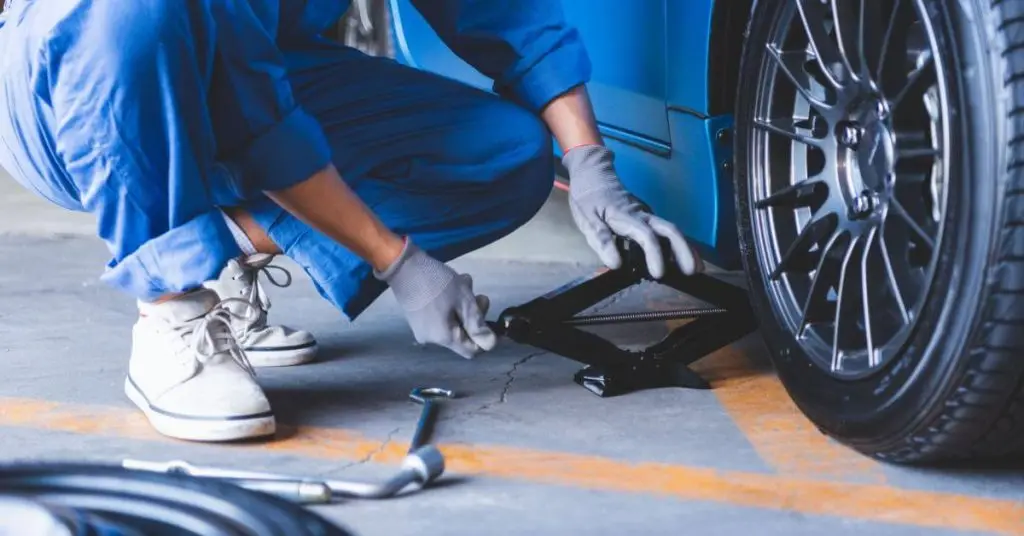
Different Types of Car Jacks
Also worth mentioning is the fact that there are many different types of car jacks. Two of your most common types of car jacks include hydraulic jacks and mechanical jacks, both of which we want to take a closer look at right now.
Hydraulic
Hydraulic car jacks use hydraulics to lift extremely heavy loads. They use fluid dynamics, or in other words fluid that is under great amounts of pressure to produce lifting power. These types of car jacks are very easy to use and smooth. There are two main types of hydraulic jacks, including bottle jacks and floor jacks.
First we have floor jacks, which may also be referred to as trolley jacks. These have a long handle and a horizontal piston, which makes them ideal for low profile cars and standard vehicles. They are very stable and have a wide lift range, thanks to their four-wheel design and long base. These are usually much more versatile and able to perform more jobs than bottle jacks. They might be heavier and larger than volatile jacks, but they can also perform many tasks.
We then have the bottle jack, which as you might be able to tell, looks like a bottle. These feature a wide base with a vertical shaft. They’re ideal for large vehicles. This is especially the case if we’re talking about things like SUVs and larger pickup trucks. They have a very small footprint but can lift a whole lot of weight. This makes them ideal for heavy duty jobs. However, they’re not all that stable, especially when put on an uneven surface.
Mechanics
We then have mechanical jacks, which use mechanical power to lift up cars. They use physical force instead of hydraulic fluid. These can be divided into two categories, scissor jacks and screw jacks. Scissor jacks usually come with most cars, and they’re ideal because they’re very simple and compact.
They feature a frame shaped like a diamond that contracts and expands when you turn the handle. When you turn the screw thread of the jack, the vehicle lifts up. These tools are lightweight and compact. However, they’re also quite difficult to use because they require a whole lot of physical effort.
We then have the screw jack, which is quite similar to a scissor jack, although the threaded screw and its operation is a little different. What stands out about screw jacks is that they can be powered by electricity or manually. One of the main benefits of this type of car jack is that they can be very precise.
The Components of a Hydraulic Jack
So you can fully understand exactly how a hydraulic car jack works, it’s important for you to know what the different components of them are.

Piston and Cylinder
Two of the main components of the hydraulic jack include the piston and the cylinder. The piston moves inside of the cylinder to create lifting power, while the cylinder itself holds on to the hydraulic fluid. When the piston moves, lifting occurs. These cylinders have to be extremely high quality to prevent leaking and damage.
They Hydraulic Fluid
Next on the list we have the hydraulic fluid. Hydraulic oil is generally used due to its high level of lubrication and incompressibility. This fluid also has to be totally clean and cannot contain any debris or contaminants. This is what the force is transferred through.
The Pump
We then have the pump, which moves the hydraulic fluid inside of the cylinder. This may be an electric pump or a manual pump that is operated through a lever. How efficient and reliable the pump is determines how well the jack performs.
The Check Valves
Hydraulic jacks require something known as a check valve, which makes sure that the hydraulic fluid only flows in a single direction. This prevents backflow from occurring, and helps to maintain adequate pressure within the system. The check valve is required so that the jack doesn’t collapse all of a sudden when it is lifting something.
The Release Valve
Yet another essential component of the hydraulic jack is known as the release valve. The release valve is designed to slowly release hydraulic fluid back into the hydraulic fluid reservoir. This allows the jack to lower smoothly and efficiently.
The Reservoir
Finally, we have the reservoir, which is where the hydraulic fluid is stored while it’s not being used. It makes sure that there’s always a good supply of fluid so that the pump can operate efficiently.
How Do Hydraulic Car Jacks Work?

So, how do hydraulic car jackets actually work?
- First, you have to put the jack under the lifting point of your vehicle. You have to make sure that the hydraulic jack is properly placed for good balance. Make sure that you close the release valve so that the hydraulic system is totally sealed.
- You’re now going to pump the handle, and as you do so, the hydraulic fluid comes from the reservoir and goes into the pump chamber. This allows for pressure to increase, with each stroke building up more pressure.
- The fluid that is under pressure is then forced into the cylinder itself, which causes the piston to move upward. The piston moving upward in turn raises up the lifting arm. Thanks to the incompressibility of the hydraulic fluid, the lift is powerful and smooth.
- We then have the check valve which constantly ensures that all of the hydraulic fluid stays inside of the cylinder, making sure that the piston stays extended. This allows for a stable lift while also stopping any back flow from happening.
- Finally, the release valve is opened very slowly in a controlled manner to lower the vehicle back down. This causes the hydraulic fluid to slowly flow back into the reservoir, therefore slowly reducing pressure within the cylinder. This in turn lowers the piston, and therefore the arm of the jack, and your vehicle along with it.
FAQ
Let’s quickly answer some of your most frequently asked questions about hydraulic jacks.
Can hydraulic jacks fail?
Unfortunately, hydraulic jacks do sometimes fail. Old components, damaged seals, and leaking fluid can all cause failures. Therefore, it’s important to regularly inspect and maintain your hydraulic jack.
How often should hydraulic jacks be checked?
Hydraulic jacks should be checked every time you use it. Just make sure that all the components are in working order, especially the seals and valves. However, when it comes to a thorough inspection, this should be done at least once every single year. You want to look for any leaks, signs of wear, and make sure that all of the parts are working as they should.
What Kind of hydraulic fluid do I need in my car jack?
You can’t just use any kind of hydraulic fluid in your hydraulic jack. If you don’t use the right type of hydraulic fluid for the unit in question, it can cause damage to the hydraulic jack. Therefore, you should only use the hydraulic fluid that the manufacturer specifies in the manufacturer’s instructions.
What to do if my hydraulic jack is not lifting?
If your hydraulic jack isn’t lifting properly, you first should check to see that there is enough hydraulic fluid inside of it. If the problem keeps on happening, make sure that there is no damage to seals or leaks. There may also be air pockets within the system, in which case you’ll need to bleed it. If these solutions don’t work, you may need a professional’s help.
Final Thoughts – How Does a Hydraulic Jack Work?
Now that you know exactly how a hydraulic jack works, what it is, and what the different types are, you can make a more informed decision as to which one is best for you. Personally, we would recommend something like the VEVOR Electric Car Jack, a unit capable of easily lifting over 5 tons, one that comes with a plethora of useful features that makes lifting your car as easy as can be.

